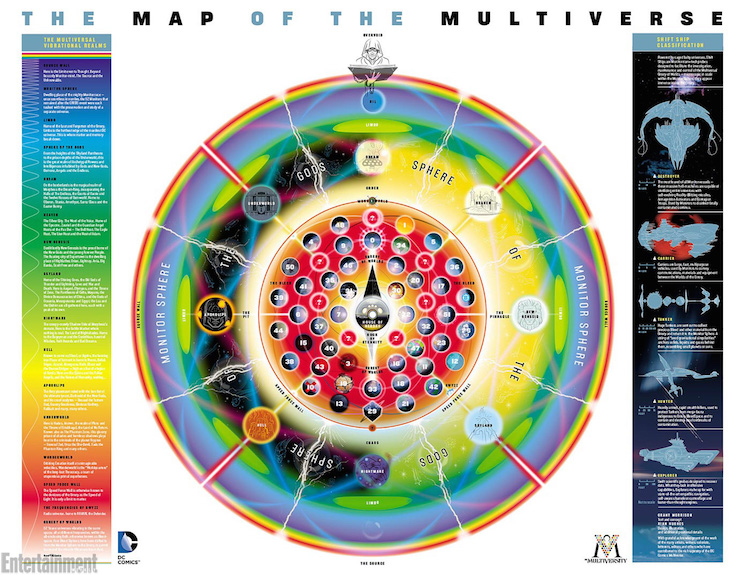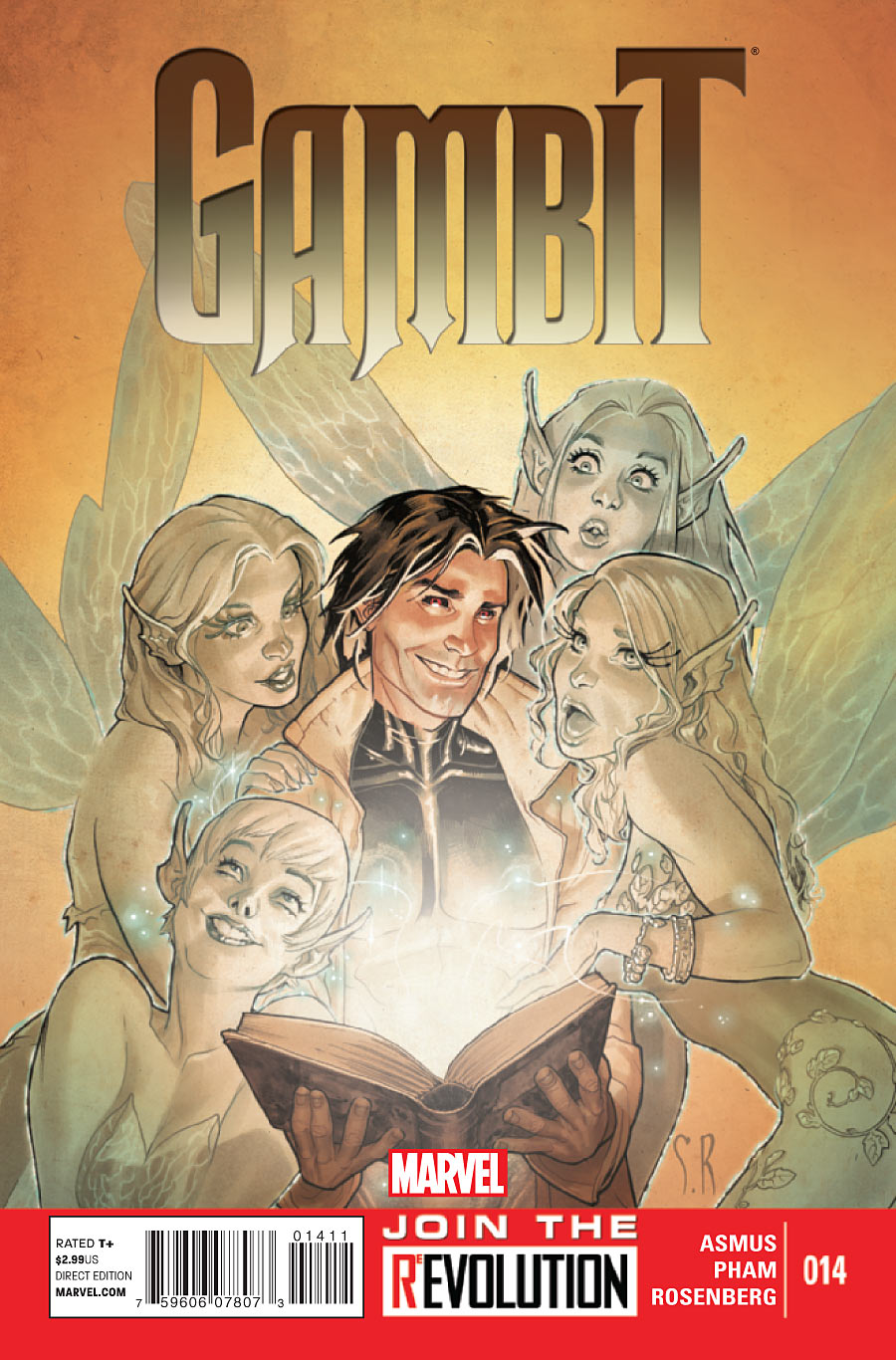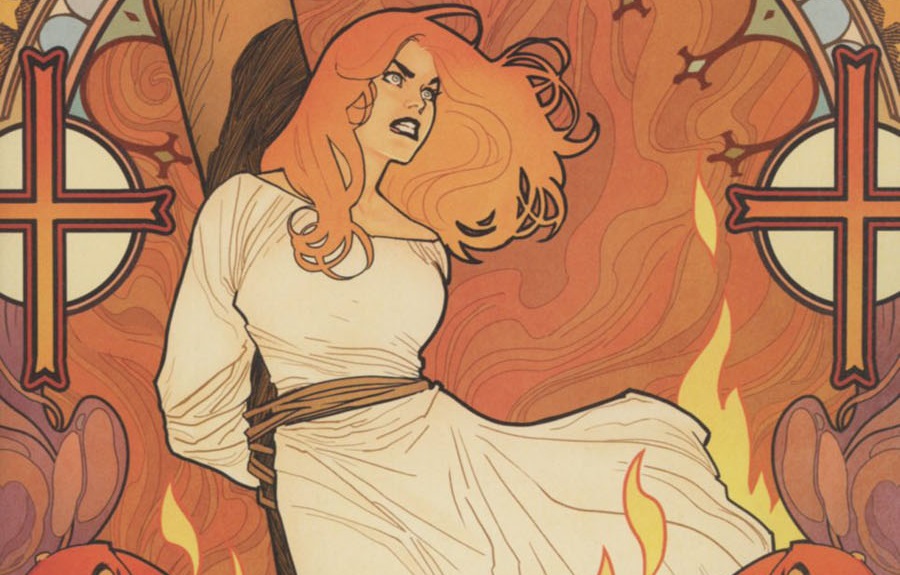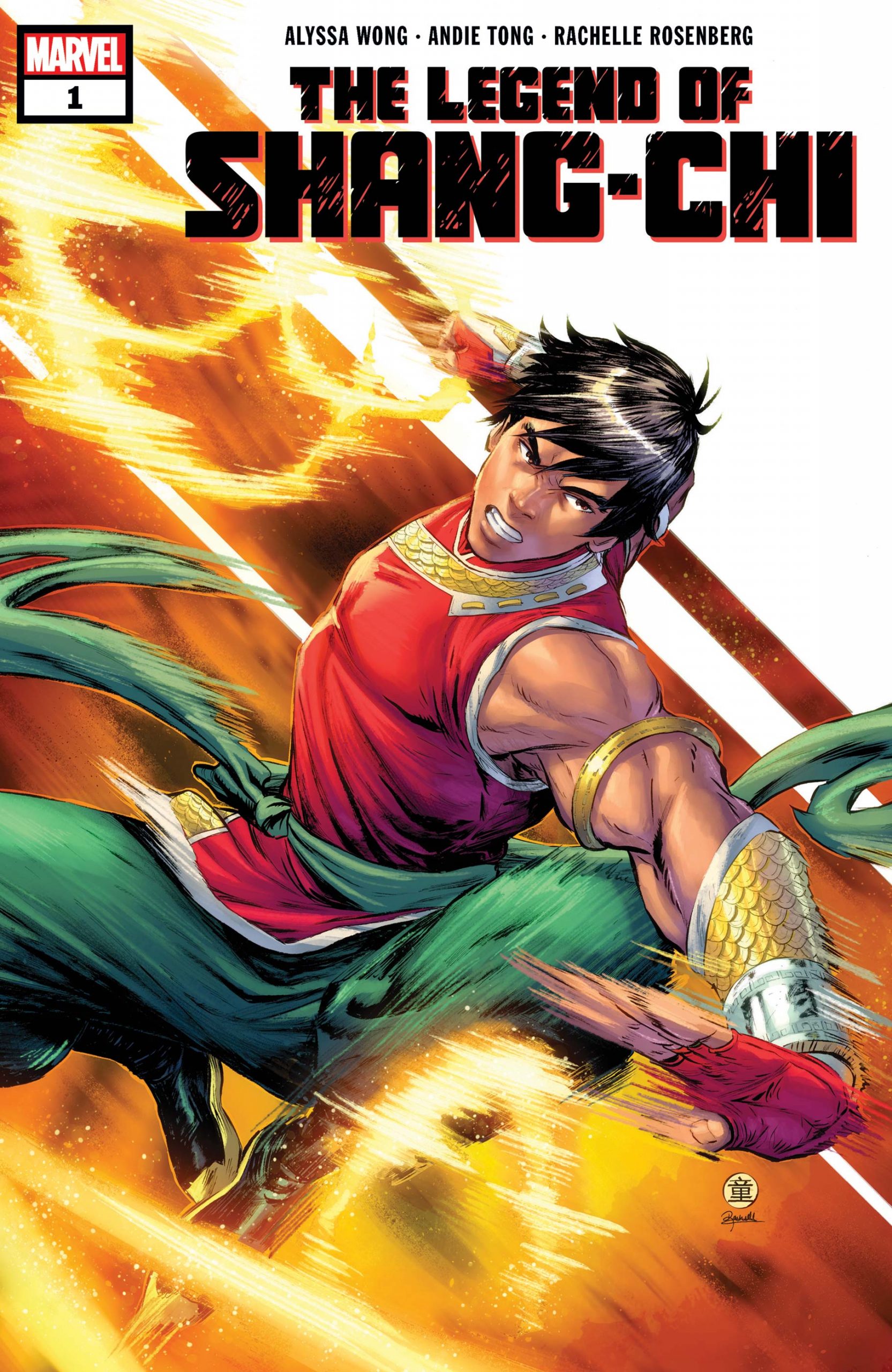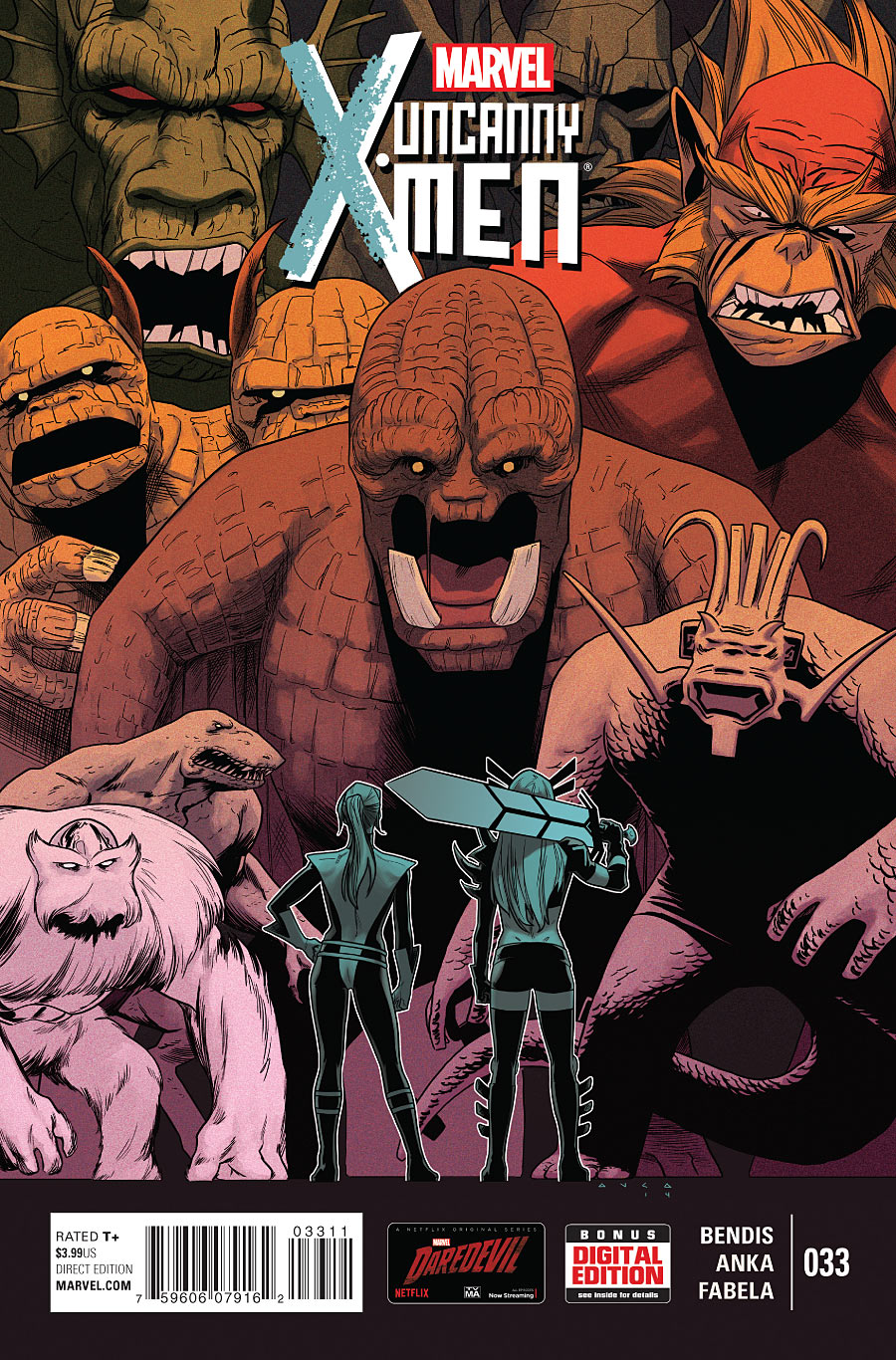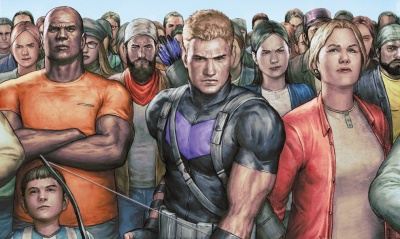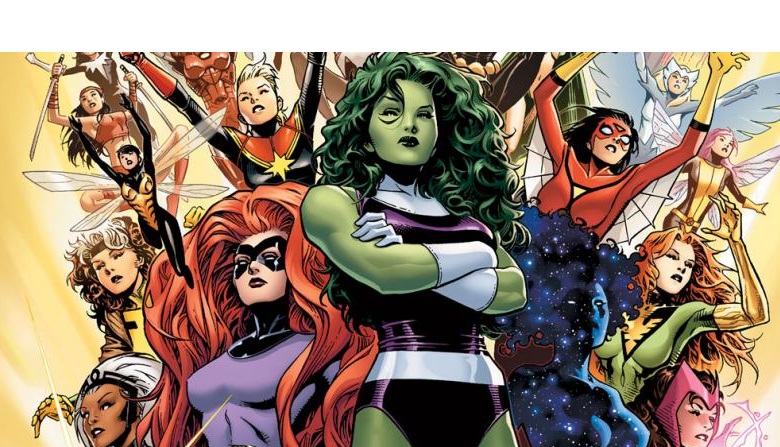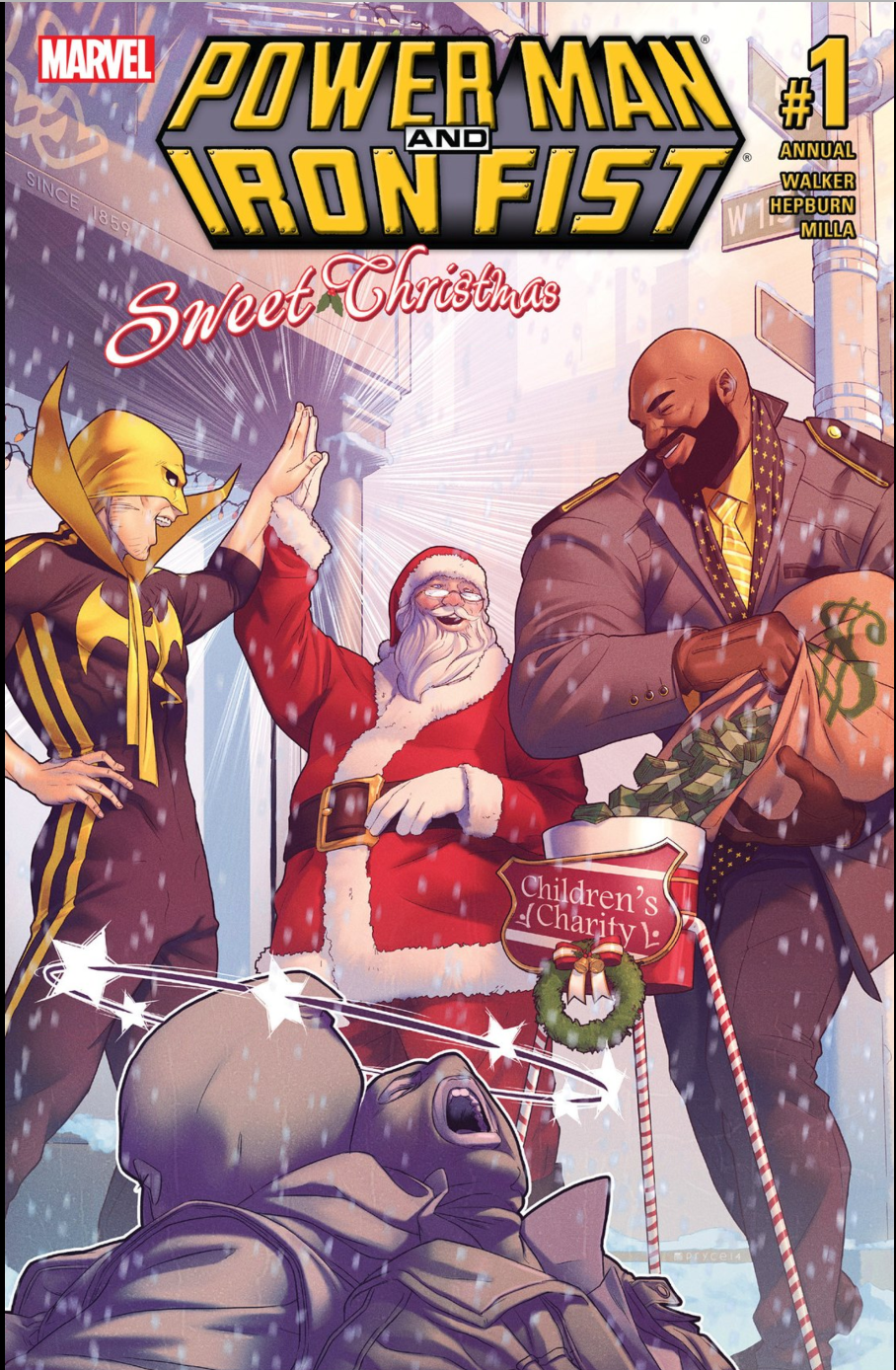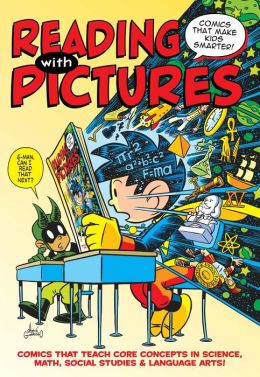Written by Grant Morrison
Art by Ivan Reis, Joe Prado, Jim Lee, Dough Mahnke, Frank Quitely, Chris Sprouse, Ben Oliver, and Cameron Stewart.
By Matthew Iung
There are very few undertakings in comics quite like The Multiversity. The series was originally published monthly and has eight individual issues and a guide book. With in the original eight issues there are six one shots that take place across the multiverse. The two issues that bookend those six one shots are The Multiversity issues one and two.
Talk of Morrison working on a story that spanned the multiverse can be found as far back as 2009 when he did an interview with Newsarama about Final Crisis. After being asked to elaborate on the larger story of the multiverse. Morrison says, “I’m in the early stages of putting together material for a Multiverse series but I want to spend a lot of time getting it exactly right, so there are currently no deadlines and I don’t anticipate any of this coming out until 2010”. Over the next six years The Multiversity would be talked about at MorrisonCon in the Hollywood Reporter and across comic sites. Then on august 20th 2014 issue one hit shelves and started an adventure that readers are not soon to forget. Now Morrison has written a lot of comics covering a range of characters and genres but The Multiversity really gave him an opportunity to cover a wide range in a fairly short run. On a technical level the book has eight artists and one writer. That’s not including the guidebook which would appear to have as many artist as there are planes in the multiverse. It also allowed him to exercise the one and done story style that has fallen out of practice in comics. Even though the story could continue and a few even end on excellent cliffhangers each issue still feels like a complete story.
The Multiversity #1 has Ivan Reis as its artist and establishes that not everything is on the up and up. As well as the Gentry, a new and very strange set of villains. (More on them at the end) This issue also lets Reis draw Captain Carrot, some very fun cartoon physics and a rather large variety of alternate earth heroes. The idea that other earths have comics about the heroes from other earths is probably one of the most fun concepts to be explored. This is best expressed when a character from Earth-36 Tells Superman of Earth-23 that he loves his comic. The idea of allegories is brought up both is dialogue and visually when some Marvel allegories make an appearance. The point from which the collaboration of heroes sets off from winds up being called The Multiversity. There is this touching moment when a team is about to depart and one of the heros is stopped by another. It becomes apparent that the two are lovers or have an intimate relationship of some kind. They share soft words and a promise befor Red Racer speeds off. If you haven’t read the book it’s not integral to the plot that they are both men. It really is just one little thing that makes this huge event feel like it was dedicated to exploring and expanding upon what we consider to be superheros. Did I forget to mention that the comic is talking to the reader? Things get meta really fast when it becomes apparent that Ultra Comics is a cursed comic within the comic that the reader is reading. Ultra Comics is also the last one shot before the series finally. This first physical issue in fact knows that it is being read and wants YOU to stop reading it. Lest you usher in the end of all that is. While all of that sounds pretty Morrison the next issue however takes a turn in tone and style.
The Multiversity: Society of Super-Heros Conquers form the Counter-World is very much a throwback to classic pulp comics. If the title alone doesn’t give that away Chris Sprouse’s art and Dave McCaig’s colors will. Earth-20 Doc Fate has assembled a team that consists of the Green Lantern Abin sur, The Immortal Man, The Mighty Atom and Lady Blackhawk. Together they must defend themselves from the fast encroaching Earth-40 that comes to occupy the same space as Earth-20 every 100,000 years. The Conquerors from the counter word refer to Vandal Savage, Doc Faust, Lady Sheva, a very well dressed Count Sinestro and Parallax who is a yellow skeleton dragon of fear. This comic is pure pulp fun there are robots, zombies, giant planes, ancient runes immortal men fighting to the death and a dual pistol wielding Doc Faite. The book is full of clever visual gages and story moments. It explores a genre that isn’t as popular as it once was and in the end it leaves the reader with an excellent cliffhanger. Pulp is by no means a dead grena genre especially when it comes to comics. It’s just not very common to see DC putting out a book that us classically influenced. Even though this book shows us the cursed Ultra Comics issue in Dr. Faits suit the story doesn’t dive into that meta narrative like one or two of the issues to come will.
The Multiversity: The Just takes place on Earth-16 or Earth Me where the second generation superheros live in the shadow of their parents. This issue opens with Saffi Mason (Megamorpho) committing suicide after reading Ultra Comics. Form there we are introduced to the other children of heros and how the death of their friend is affecting them. We learn that Damian Wayne is going out with Alexis Luthor. Chris Kent (Superboy) shows up to to talk with Damian about Saffi and his adventure with Neil Gaiman’s Sandman. The children throughout the issue seem board and it’s justified. Pun aside Superman left an atmosphere full of robots to defend the earth and it seems as if Batman had eliminated street crime. So when theses strange and possibly cursed comics start to show up the interest in them is high. This issue also explores the cursed comics concept more than the previous issues. Damian figures out that some of the books must be bleeding into their world from others and anyone who reads them contracts some kind of “infection”. With Damian being absorbed in the comics it distracts and blinds him to the true danger that is right in front of him. In the end it all comes crashing down. This issue really gives readers the opportunity to see what could’ve become of the pre Flashpoint timeline had Morrison been running the line. That’s something that longtime readers are interested in after she sudden and awkward shift that the event caused. While The Just may not be the ideal version of the time line it is without a doubt one of the most interesting. Throughout the issue Morrison does his best to pack this comic full of characters and references and Ben Oliver draws a pool party full of second generation heros.
The Multiversity: Pax Americana takes place on Earth-4 and is the thirteenth issue of Watchmen readers have always wanted and the modern take on the classic Charlton characters they never knew they needed. The comic is also the return of the fan favorite collaboration of Morrison, Frank Quitely and Nathan Fairbairn. The story itself is a masterpiece and it really shows that Morrison has a grasp on how to take full advantage of the comics medium to tell a story. One sequence in particular is set across two pages, 32 panels and it tells three different stories all set in the same location. Not only does that sound absurd imagine what the artist must be thinking. Quietly however does not disappoint he successful lays out and delivers two amazing pages and Fairbairn gives each story its own lighting and feel. On the hole the book is formatted out of chronological order and it wouldn’t be too difficult to line everything up. However in its current form the story can be read backwards and forwards often sequence by sequence and in some cases even panel by panel. A beat that this story can take advantage of is The Atom who has god like abilities. In the course of the story he gets a hold a copy of Ultra Comics and is able to see what it really is and what is has the ability to do. Giving the reader some insight into what is going on across all of theses worlds. All of this is only just scratching the surface of a story that is layer after layer to peel away. Before moving on it’s worth noting that Alan Moore originally wanted the Charlton characters in place of the one he created. Alos, the cover of the book is a part of the first panel and the last. That’s one homage to Watchmen now find the rest.
The Multiversity: Thunderworld takes place on Earth-5 and is full of wholesome classics comics fun that Otto Binder himself could have written and would’ve loved to see in the pages of Whiz Comics. Cameron Stewart and Fairbairn bring the classic look with a modern sensibility to Billy and his cast of characters. The overall story is lighthearted and the art is full of bold lines and bright colors. This issues has Dr, Sivanna turing his children into secondary color supervillains with might to match the Marvels along with an appearance from the Monster Society, a jetpack wearing Tawney the Tiger and The Legion of Sivana. The Legion is a collection of Sivanas from across the multiverse who will appear multiple in the course of the story times from this point forward. All of which are plotting to take it over while the original is attempting to add an extra day to the week to his world. Called Sivanan Day of all things and he plans to do it by taking spare time from around the multiverse. This issues is pure levity and good times. While it would be wrong to say that comics have not been fun sense Dark Knight or Watchmen came out it has been harder to find a sincerely light hearted comic in DCs main line outside of YA and children’s books. Morrison knows where Thunderworlds roots come from and he usages what he knows to the fullest.
The Multiversity: Mastermen takes place on Earth-10 where an infant Kal El landed in Nazi Germany and at seventeen conquered the united states as Overman. Sixty years later the Nazies have there own version of the Justice League that keeps order controls the world and are dealing with terrorist attacks from a group of freedom fighters. Jim Lee gets to draw an entire cast of familiar characters in unfamiliar ways. Morrison takes time and explores the dynamic of the group and their heritage. The team going up agnist the Nazies is Called the Freedom Fighters and is made up of peoples that have been purged. The story is centered around Overmars loss in his faith in the empire and himself. While Morrison dosent simpthises or make the Nazies the good guys he does bring forth points about living with what you have done and being apart of something that has stretched generations. This idea works really well because Overman is near immortal and will more than likely out live his current allies. Leaving him to watch the world and the cause he fought for changed over time. The exploration of this alternate future for our heros short though it may be is an enjoyable one. There are visual easter eggs once again referencing the fact that comics from and about alternate earths are read throughout the multiverse and one of the Gentry make an appearance. To make up for the lack of everyone’s favorite cursed comic the reader will have one in hand soon enough.
The Multiversity: Ultra Comics is a book that is screaming at the reader to put it down. Weather it be written on the cover, in the caption boxes or even being told to you by the main character Ultra. Who is brought to life by Doug Mahnke the entire book is a beautiful exercise is strange imagery with a very clean art style. This is also one of the most overtly Metatextual comics ever written. A superb example of the art and story working hand in hand is when the last seventy odd years of comics are summed up in four large panels across two pages. While it’s a lose out line it still conveys the general look and feel of each era. The Gentry also make themselves known again and with them they bring what would appear to be reader comments. The captions look and read as if they were posted on a form or sent between friends over text. There are layers and layers of dialog on every page. There is a caption box for our hero Ultra who is also speaking, the Gentry has its own box, the odd chatroom/text message boxes pop even the comic gets its own interhomolog. This issue is frightening and intriguing and leaves a reader with a lot to think about and plenty to reread. The real kicker is that the events are supposed to take place on Earth 33 and that’s us. Does that mean that we are the cause of the collapse of the multiverse and the discretion of world?
The Multiversity #2 is by far the most packed issue of the series. While the central story takes place on Earth 8 eleven different earths are show. On top of that there are well over one hundred Heroes, 15 different variations on flash at one point and the Savannas of the multiverse make an appearance once again. There is so much that happens on every page of this book. Rais is putting characters from past issues and new characters along sided unfamiliar ones. He is also drawing the Gentry and working in the visual of a rubix cube that is acting as the key to ending everything. After an epic battle the Gentry have been defeated but our heroes learn that there is more danger and even more or the gentry serving the Empty Hand who has who apparently already destroyed Multiverse-2. After that Justice Incarnate is formed as a voltigeur army to protect the Multiverse for here on out.
What more is there to say except that this may be the most meta project that Morrison has undertaken to date. There are so many questions to still be answered along with some much needed background on things like the Gentry. The word Gentry comes from the UK and is used to refer to those that sit just below nobility and in the book they have an odd way of speaking. You becomes YU, to is often replaced by 2. They have a habit of speaking to the reader and once even demanding that a page be turned. It’s more than obvious that the Gentry are not the everyday super villain or even the ones that drop in when it seems like the world is really going to come to an end. They seem to be the worst of the worst turned up to eleven and let looses upon the hero’s. Which could lead a reader to believe that the Gentry represent some kind of human consumption or an editorial mandate of some kind. After all the words would have never need to have been destroyed if the comic wouldn’t have been written but would they have existed without the same comic that will destroy them? Only Grant Morrison knows.
The Multiversity Guidebook has a map of the known multiverse and a brief description of each individual earth and a snapshot of some of its more notable inhabitants. This was a massive group project with each earth essentially receiving its own artist. Some of those earths are still unknown (seven to be exact) and or have yet to fully form. The story within not only gives readers a glimpse of where the Sivanas went after the events of Thunderworld it also highlights the importance of flash and the famous Flash of two worlds story. Then it walks readers through some of DC’s largest events that more often than not folded and then unfolded the multiverse in and out of it self. The placement and release of the title serves as an intermission before things get really nuts in the last two thirds of the second act. The map of the multiverse itself breaks down as such. The House of Heros is at the center this is where Justice Incarnate will make birth from. When they do finally set off they will enter the bleed a kind of set space for the earths to float about in. The Earths within the bleed all vibrate at a different frequency so as not to collide with a couple of exceptions of course. Just outside the bleed is the speed force which is holding everything together. Removed just a little further are the spheres of the gods. Nightmare, Hell, Apokolips and the Underworld (aka The Phantom Zone) make up the malevolent powers. Often you can see the worlds corspondendenc between the worlds and the sphere there are closest to. The map even feel dividend into good and evil in places. For instance Earth X (10) is the closest to Hell on the other end of the spectrum Thunder world is closed to Heaven. Rounding out the benevolent half of the spears are Dream, New Genesis and Sky land. On the very edge of everyting is the source wall which is notorious for turning things and people to stone. After that long winded explanation it’s worth going out and getting a physical map, googling an image or even using the interactive one on DCs website just to poke around a little. The map like each issues of the series is full of little details and easter eggs. Go see if you can find The Kirby Axis or The Cartoon Rim the Earth’s alone will have a reader falling down holes of stories that are new to them. That with the addition of the map is enough to occupy a fan for quite some time.
The Multiversity is truly one of a kind because even without coming in and bothering the maine line titles the book reaches event level status as far as scale, stakes and character inclusion go.
The series uses meta concepts like a cursed comic that the reader will be holding a physical copy of at some point. It then expands the concept and the meta of it all by establishing that comics about the alternate earths are written and read across the multiverse. The series also touches on ideas about how we treat the characters and the medium in which we receive them. At the end of the Ultra Comics section there was a question about the heros and whether or not they would be or not be without the series. I am not qualified to tell you about how the intimate and intricate workings of creation and are thought. Morrison however is a pretty good tour guide to the wonderful conversations and questions put forward by the Gentry of the sentit comics.
The series not only has meta qualities it had the opportunity to lay groundwork for spinoffs and continuations of the things that happened in each of its one shots. This was thought to be especially likely with the DC You initiative ramping up only months later. Just after the series wrapped however the event Convergence was under way which directly conflicted with the concepts and philosophies put forth in The Multiversity. In comics what’s most recent is most often what takes center stage as far as continuity goes.While convergence does not hurt the series it certainly takes the wind out of its sales offly fast. That doesn’t seem to stop Morrison though there have already been talks of a Multiversity Too which is rumored to be less of a direct second installment and more like stories from around the multiverse. There doesn’t seem to be much of a rush and that may be in the books best interests the original took six years to get to print and the reader got better books for it. Until then though The Multiversity will be there to explore, to intrigue, to confuse and to enjoy.

